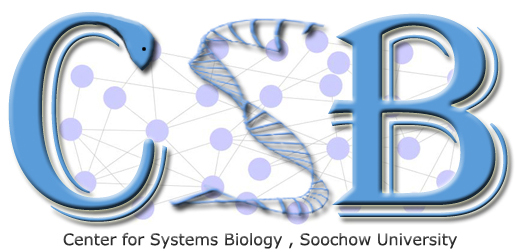|
Statistics |
1、Breast cancer:289 valid data
2、Prostate cancer:156 valid data
3、Lung cancer:99 valid data
4、Colorectal cancer:75 valid data
5、Other:183 valid data
|

|  |
Introduction to Cancer
Cancer develops as a result of somatic mutation and clonal selection.It is a disease that involves abnormal cell growth, caused by some changes in genes.
As we all know,genes are the basic physical units of heredity.For one thing,The genetic changes causing cancer may be inherited from our parents.
For another, errors in cell division or damage to DNA caused by certain environmental factors also leads to the changes.
There possible symptoms of cancer include:lumps, abnormal bleeding, chronic cough, unexplained weight loss and changes in bowel habits.
|
|
References |
1、Discovery and saturation analysis of cancer genes across 21 tumour types
2、Universal Patterns of Selection in Cancer and Somatic Tissues
3、Global cancer statistics, 2012
4、Cancer risk prediction models: a workshop on development, evaluation, and application
5、Discovery and saturation analysis of cancer genes across 21 tumour types |
|  |
Introduction to Cancer risk prediction model
Predictive models are used to estimate the risk of a particular disease.
The purpose of model development research is to obtain a prediction model by selecting related predictors and statistically combining them into a multivariate model.
It is well known that the occurrence of cancer is increasing because of the growth and aging of the population, as well as an increasing prevalence of established
risk factors such as smoking, overweight, physical inactivity, and changing reproductive patterns associated with urbanization and economic development.
Cancer researchers, clinicians, and the public are increasingly interested in statistical models designed to predict the occurrence of cancer.
|



